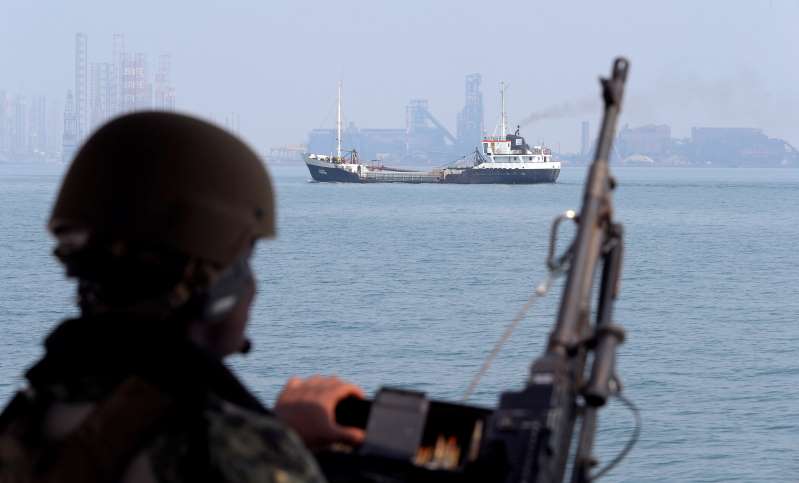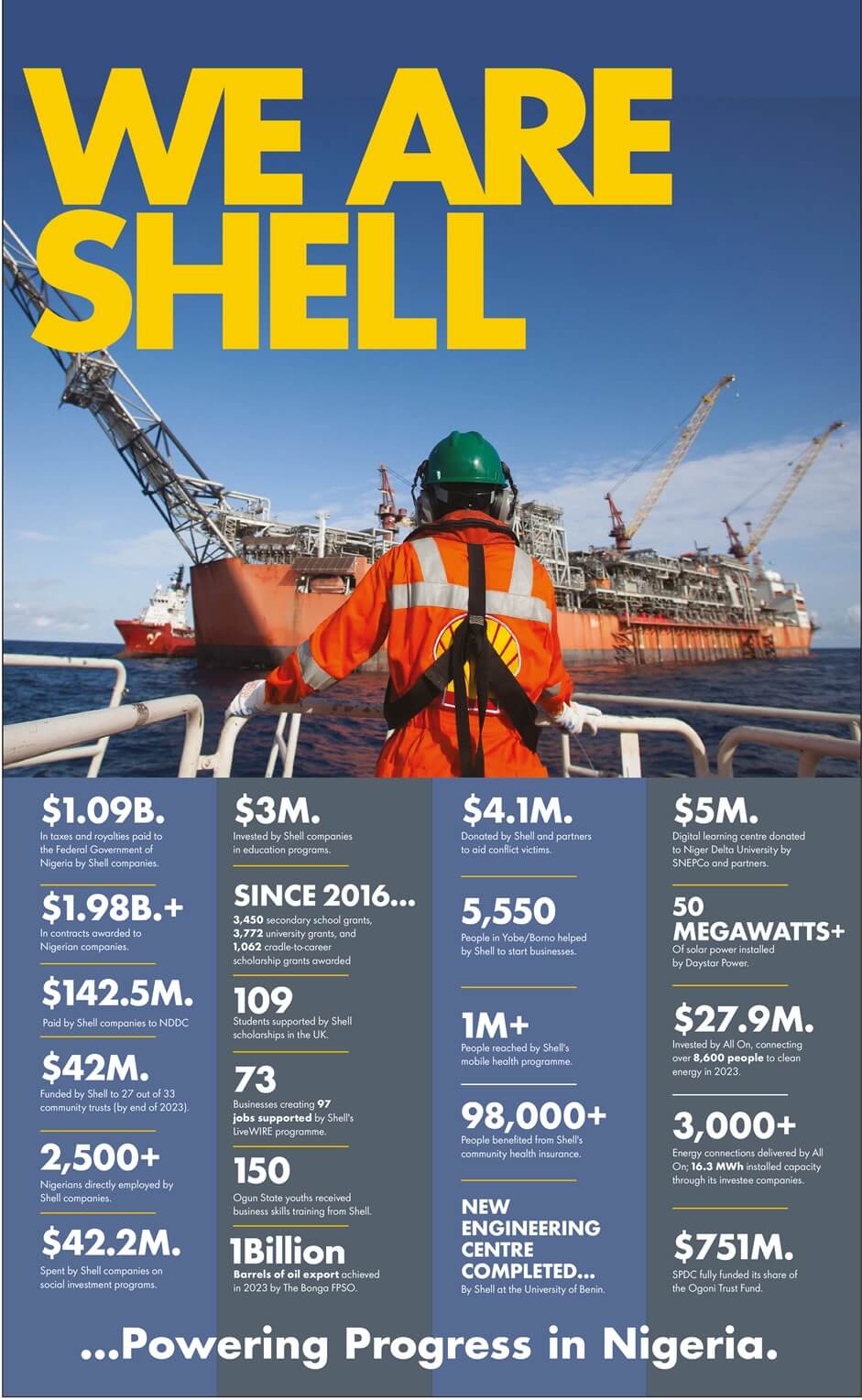Military officials are expressing alarm that a shrinking U.S. military presence in the Middle East has undermined their ability to respond to Iranian threats just as the Trump administration’s imposition of oil sanctions increases the potential for confrontation.
Concern about the Pentagon’s decision to move ships, combat aircraft and missile defense systems out of the region has intensified in the run-up to Monday’s deadline for reimposing energy sanctions on Iran, the White House’s latest move to pressure Iran and curtail its support for armed proxy groups.
Although officials don’t think Iran is capable of sustaining a prolonged large-scale attack on U.S. forces in the region, they are worried that it could lash out by employing its robust arsenal of ballistic missiles or using mines to shut down waterways crucial to global commerce.
The U.S. footprint in the region has shrunk as the Pentagon, under President Trump’s strategy for reorienting national security priorities, seeks to direct the military toward competition with China and Russia rather than the insurgent groups that have been the focus of the post-9/11 period.
The Pentagon is racing to match its global posture toward what Defense Secretary Jim Mattis calls “great power competition,” even as the White House has elevated a separate goal of checking Iran’s influence and activities across the Middle East.
It is the campaign to contain Iran — including Trump’s decision to withdraw from his predecessor’s nuclear deal and announce an effort to drive Iranian forces out of Syria — that some military officials think has increased the likelihood of confrontation. Multiple officials said that U.S. Central Command, which oversees operations in the Middle East, has requested additional resources.
The U.S. military has not had an aircraft carrier in the region since March. It has also removed a large share of its Patriot missile batteries along with certain combat aircraft such as the advanced F-22 Raptor, according to military officials, who spoke on the condition of anonymity to discuss force allocation.
That shift has occurred as Iran had made public threats to close the Strait of Hormuz. Officials think it would require several months to get ready for war with Iran, much longer than it would take Iran to damage global commerce.
Lt Col. Earl Brown, a Centcom spokesman, said the command had the forces it needed to defeat the Islamic State, assist Afghan forces to battle the Taliban and conduct other missions. “While we are not going to discuss the movement of specific forces into and out of the region, the U.S. has repeatedly demonstrated the ability to rapidly deploy and mass forces whenever and wherever they are needed in a time of crisis,” he said.
A primary concern for some officials is the military’s ability to respond in the Strait of Hormuz, the maritime choke point that Iran has threatened to shut down if provoked.
“Now you’re squeezing them economically and diplomatically, and it’s uncertain what Iran’s ultimate reaction will be,” one official said.
Since the USS Theodore Roosevelt headed to the Pacific in the spring, there has been no U.S. carrier group in the Middle East, the longest period in years in which there has not been at least one in the region. Officials point out that it’s not just the deterrent power of the carrier but the other ships, aircraft and assets it brings with it.
Although Gen. Joseph Votel, the Centcom commander, declined to discuss shortfalls in the region, he said he supported the realignment toward China and Russia. Speaking during a visit last week to the USS Essex, an amphibious assault ship in the Persian Gulf, he said: “Would I love to have a carrier? Absolutely. No doubt about it. But I understand why we don’t, and I’m very grateful for vessels like the Essex right now.”
While naval officials said there are four destroyers in the region, one typically is tasked with addressing the threat from Houthi rebels in Yemen in the area around the Bab al-Mandeb, on the other side of the Arabian Peninsula. Often another will be in port for maintenance.
Iran, meanwhile, has at least 1,000 fast boats — the small, armed vessels that Tehran has regularly used to harass U.S. ships — and the capability to lay thousands of mines in waters off its coast. Officials estimate that Iran could position 1,000 mines in less than a week. It would take a relatively small number of mines to close the strait or make it difficult to transit.
Although its small fleet of Russian-made Kilo-class submarines, in addition to Chinese mini-subs, does not approach the sophistication of the U.S. undersea capability, officials said, the vessels could impede commerce if stationed in the Strait of Hormuz.
Vice Adm. Scott Stearney, who heads U.S. naval forces in the Middle East, said the evolving U.S. naval posture reflected the Pentagon’s new, more fluid and unpredictable way of deploying forces.
“There’s no fixed positions anywhere on the globe where we anchor anything,” he told reporters last month. He noted that the last carrier deployment was at a moment of heightened activity in the campaign against the Islamic State. “That was a different time, that was a different context, different conditions,” he said.
At the Pentagon, senior officials including Mattis and Gen. Joseph F. Dunford Jr., chairman of the Joint Chiefs of Staff, have identified Iran and North Korea as important challenges but ones that do not rise to the level of China’s rapid advance in military technology and Russia’s moves to assert itself globally.
Col. Patrick Ryder, a Joint Chiefs spokesman, said the military’s alliances and its ability to “surge forces” into the region would allow it to deter and respond to Iran.
But concern continues to grow as well about Iran’s missile capability. While U.S. officials have raised questions about Iran’s ability to strike intended targets, a recent ballistic missile attack on militants in Syria, which was launched from Iran and came within about three miles of American troops, demonstrated its improved aim.
After the strike, pro-Iranian forces said the attack sent a message to adversaries in the region about Iran’s missile might. The distance flown by those missiles — more than 300 miles — demonstrated that U.S. bases in Qatar, Bahrain and the United Arab Emirates are within reach.
Neither do officials feel confident in their ability to repel Iran’s ballistic missiles, estimated at about 2,000. This year, the Pentagon removed four Patriot missile batteries from the region. It takes several air defense projectiles to shoot down one incoming missile.
To counter the mine threat, the United States has minesweepers and specialized helicopters based in Bahrain, but their ability to secure mined waterways could be slowed by Iranian missiles and boats.
Mara Karlin, a former senior Pentagon official who is an associate professor at the Johns Hopkins School of Advanced International Studies, said Trump’s decision to pull out of the nuclear deal had increased the risk of a clash. “If you’re going to blow up the JCPOA, the prospects for conflict are higher, period,” she said, using shorthand for the agreement.
But Karlin said it was time to make adjustments to the heavy presence the Pentagon maintained in the region during the height of counterinsurgency operations, given the cost to the ability to confront enhanced competition from Beijing and Moscow.
“It’s a difficult adjustment and it does require some really hard discussions,” she said.



